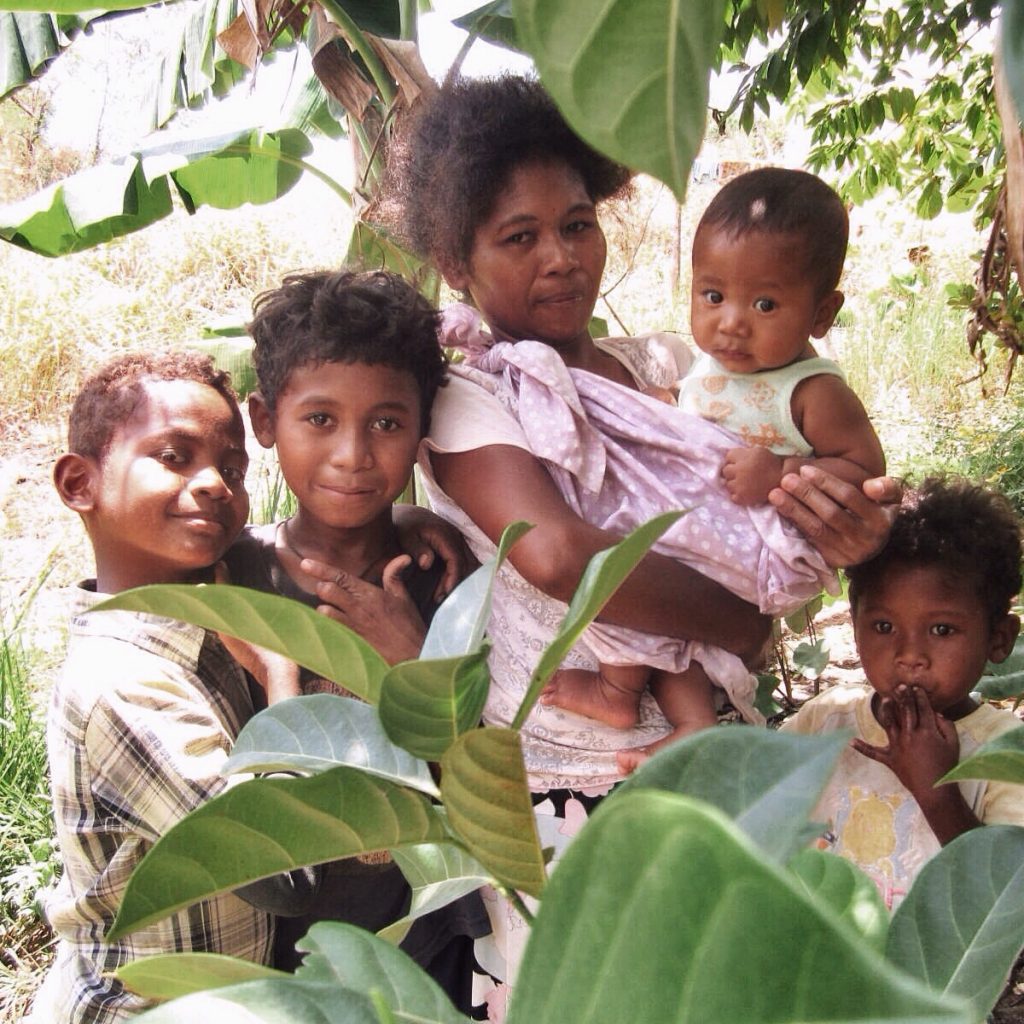Zambales lies on the western shores of Luzon island along the West Philippine Sea. Its shoreline is rugged and features many coves and inlets. The Zambales Mountains in the eastern length of the province occupies about 60% of the total land area of Zambales. Subic Bay, at the southern end of the province, provides a natural harbor, and was the location of the U.S. Naval Base Subic Bay until its closure in 1992. (Info from Fast Facts about Philippine Provinces)
Despite its proximity to major cities, Zambales remains the bastion of the Aeta. They were the earliest Filipinos to migrate to the archipelago more than 10,000 years ago – thousands of years even before the Austronesian migration.
Although the Aetas — also known as Ati, Ata, and Agta — are scattered throughout the Philippines, Zambales has the largest known population. (itsmorefuninthephilippines.co.uk)

The Aetas of Zambales are known for being the indigenous inhabitants of the Mt. Pinatubo, which is located along the boundaries of Pampanga, Tarlac and Zambales and is part of the Cabusilan Mountains in the southern part of Zambales. The Aetas belong to the Negrito group, which is one of the six-majorethnographic groupings in the Philippines . As of 1997, there are 56,265 Aetas in the Zambales Province based on the statistics of the National Commission on Indigenous People (NCIP). This is 43.4% of the total population (129,516) of Aeta/Agta/AetaAbiyan/Aeta-Remontado group around the archipelago. The total Aeta population has increased more than six times while the Aetas of Zambales grew by more or less five times since the 1975 Census. (peoplesdevelopmentinstitute.org)
Today, the Aeta population comprises less than 5% of the total Philippine population of 101 million people. The true Aeta who are not part of interracial marriages and who live in the forest are far less than 3% of the total population. We found that the Aeta’s cultural identity is either diminishing or has disappeared entirely as we witnessed with the Ati people in Aklan Province. This trend of losing one’s cultural identity is alarming as the people are slowly being absorbed into local and modern societies. They are pushing themselves very hard to assimilate and turning away from their culture and traditions as a way of fitting into modern society. (www.aetatribes.org)

The Luzon Rain Forests ecoregion is rich in endemic species. A high proportion of the ecoregion was originally forested, but now very little of this forest remains. However, the ecoregion has managed to retain one of the largest remaining tracts of primary forest in the Philippines.
There are no recent estimates of primary forest cover for the Philippines. Originally 95 percent of the Philippines was covered by rain forest (Heaney and Regalado 1998). Intact lowland forest made up less than 6 percent of the total land area of the country about a decade ago, with another 12 percent being classified as degraded (Collins et al. 1991). From these figures, the state of the forest in the Philippines could be the poorest in all of tropical Asia (Poulsen 1995). In the intervening decade, more forest has been cleared as a result of unsustainable shifting agricultural practices, legal logging, and illegal logging. These threats are still present and are the main future threats to biodiversity, followed by unsustainable hunting and collection for trade.
The Luzon Montane Rain Forests are made up primarily of the montane moist evergreen forests along the Sierra Madre, northern Central Cordillera, and Zambales mountain ranges. (worldwildlife.org)

Farm Tourism holds the promise of food sufficiency and additional income for our tourism stakeholders, including farmers, farm workers and fisherfolk. After all, gainful employment, enhanced productivity and sustainable livelihoods are what tourism is really all about. – Bernadette Puyat, Department of Tourism